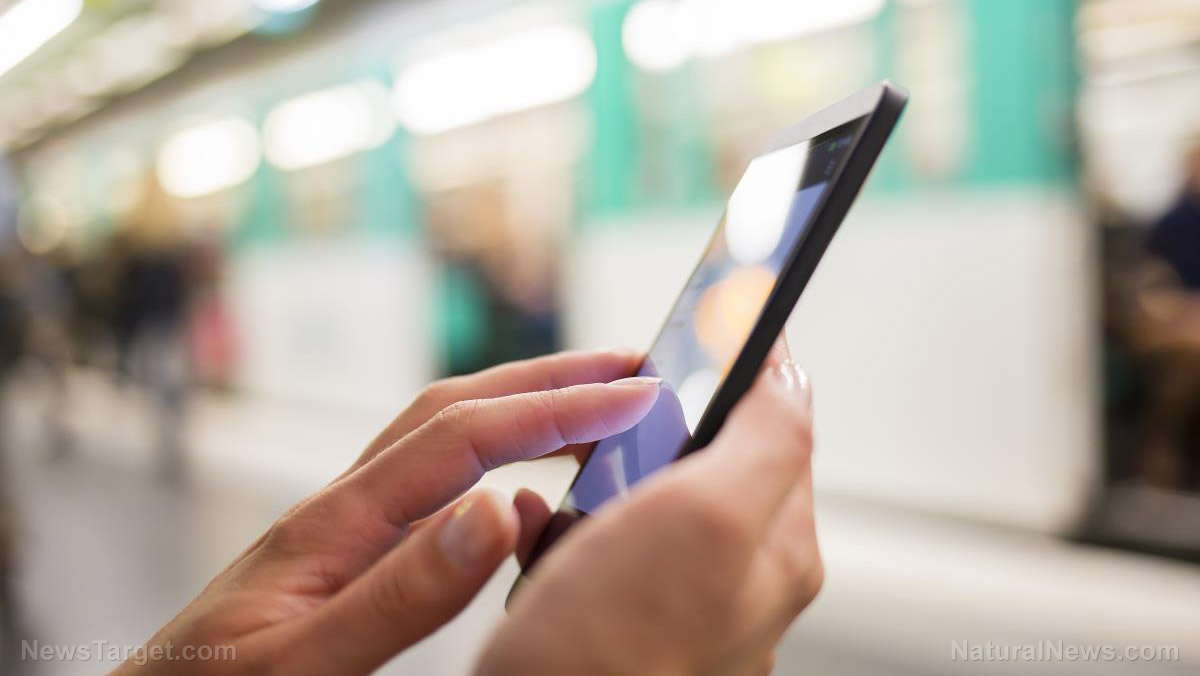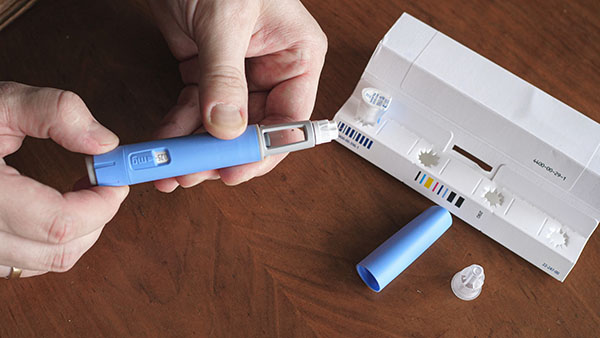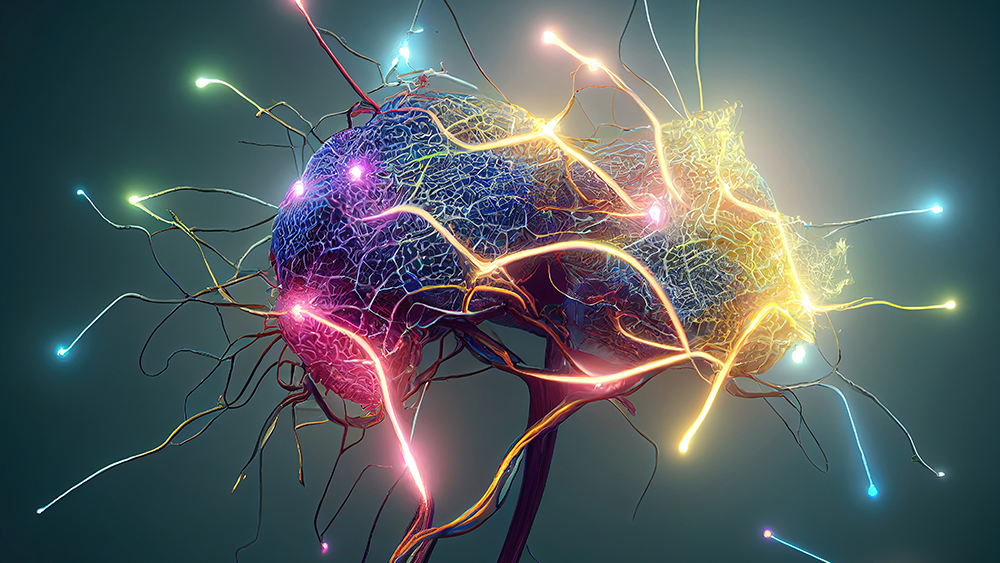Artificial light is quietly ravaging our biological functions by disrupting circadian rhythm
07/15/2025 / By Lance D Johnson

Our ancestors lived by the rhythm of the sun, their bodies attuned to the gentle transition from daylight to darkness. Today, we bathe in a relentless glow of LEDs, smartphones, and street lamps, severing our connection to these primordial cues. The consequences are dire: a cascade of hormonal chaos, metabolic dysfunction, and cognitive decline that science is only beginning to quantify.
Key points:
- Artificial light at night hijacks the brain’s master clock, disrupting hormone secretion, metabolism, and mood regulation.
- Shift workers, screen addicts, and urban dwellers face heightened risks for diabetes, depression, and neurodegenerative disorders due to chronic circadian misalignment.
- Blue-spectrum light from devices and LED bulbs mimics sunlight, blocking melatonin production and trapping the body in a state of artificial alertness.
- Solutions like red-light filters, blackout environments, and circadian-friendly workplace policies could restore natural rhythms—if industries and governments act.
The circadian war within
At the heart of this crisis lies the suprachiasmatic nucleus (SCN), the tiny brain region that governs our internal clock. When artificial light—especially blue-spectrum wavelengths—trespasses into the evening, the SCN goes into a state of panic. It misinterprets the glow as daylight, slamming the brakes on melatonin, which is the hormone that is responsible for ushering us into a more restorative sleep. This single disruption sets off chain reactions that sabotage our health, including but not limited to the following:
- Metabolic mayhem: Sleep-deprived bodies struggle to regulate insulin, leading to insulin resistance and skyrocketing diabetes risk.
- Mood disorders: Disrupted circadian rhythms inflame the amygdala and reduce serotonin production, feeding depression and anxiety.
- Cognitive erosion: Chronic light exposure at night impairs memory consolidation, accelerating neurodegenerative diseases like Alzheimer’s.
The hidden victims: Shift workers and screen zombies
Perhaps no group suffers more than night-shift workers—nurses, factory laborers, and truck drivers—who sacrifice their biology for the demands of a 24/7 economy. Studies show these individuals face 40% higher risks of heart disease, 20% increased cancer rates, and alarming rates of obesity. Their bodies, forced into perpetual jet lag, never fully adapt.
But shift workers aren’t the only ones silently suffering. The average person now spends over 10 hours daily staring at screens, bombarding their retinas with melatonin-killing blue light wavelengths. Big Tech knows this yet developers design apps to maximize user engagement, keeping users scrolling deep into the night, causing circadian debt. The result is a global epidemic of sleep starvation, with adolescents and adults alike stumbling through life in a fog of exhaustion, eye strain, and lethargy.
Fighting back against artificial light epidemic
While corporations profit from our wakefulness, individuals and policymakers must push back:
- Ban blue light after dark: Apps like f.lux or smartphone “night modes” strip harsh blue frequencies post-sunset, allowing the brain to produce more melatonin.
- Embrace darkness therapy: Blackout curtains and sleep masks mimic ancestral night conditions, restoring melatonin flow.
- Demand circadian-conscious work spaces: Hospitals and factories must adopt warm, dim lighting for night shifts to mitigate harm.
The deeper issue, though, is cultural: we glorify sleeplessness, equating burnout with productivity. But glowing screens don’t elevate success—they erode it, trading short-term alertness for long-term health collapse.
The solution isn’t retreating to pre-electricity days but respecting biology in a digital age. Cities must replace blinding LEDs with amber streetlights; offices should prioritize sun-synced work schedules; and tech companies must be held accountable for engineering circadian-safe devices.
We’re currently living in a world where synthetic light dictates disease, silently but nevertheless, it’s the slow degradation of our minds is taking place. Darkness isn’t the enemy. Light pollution is. And the revolution begins when we self regulate, self discipline, turn off all the artificial light, and rest our eyes and our minds.
Sources include:
Submit a correction >>
Tagged Under:
artificial light, Big Tech, blue light, brain health, circadian rhythm, Cortisol, depression, diabetes, health freedom, immune function, melatonin, metabolic disease, mood disorders, neuroinflammation, neuroscience, obesity, shift work, sleep deprivation, sleep hygiene
This article may contain statements that reflect the opinion of the author
RECENT NEWS & ARTICLES
COPYRIGHT © 2017 FIGHTOBESITY.NEWS
All content posted on this site is protected under Free Speech. FightObesity.news is not responsible for content written by contributing authors. The information on this site is provided for educational and entertainment purposes only. It is not intended as a substitute for professional advice of any kind. FightObesity.news assumes no responsibility for the use or misuse of this material. All trademarks, registered trademarks and service marks mentioned on this site are the property of their respective owners.




















